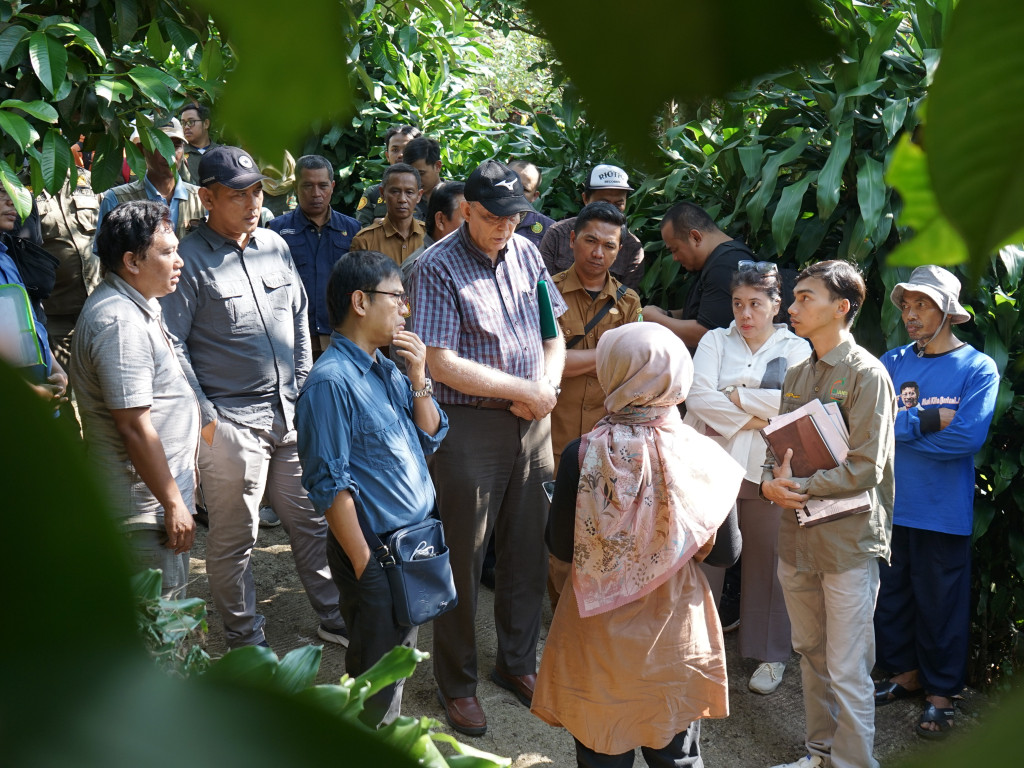Indonesia’s agricultural sector has long been a critical pillar of its economy, supporting millions of livelihoods across the archipelago. Today, one of its regional success stories — the Subang farmer development model — is gaining international attention for its innovative approach to empowering farmers and boosting productivity. Developed through a collaboration of public and private stakeholders, the model has been deemed ready for replication in other countries seeking to transform their agricultural sectors sustainably.
What Makes the Subang Farmer Development Model Stand Out?
The Subang farmer development model is not just another farming program. It integrates modern agricultural techniques, business education, access to financing, and the strengthening of farmer organizations into a holistic framework designed to create independent, prosperous farmers.
One of the critical features of the model is its focus on building farmer resilience. Instead of simply teaching technical farming skills, the program empowers farmers with the knowledge to manage risks, improve post-harvest processing, and access broader markets. This comprehensive approach ensures that farmers are not just better producers but also better entrepreneurs.
Moreover, by involving multiple stakeholders — from local governments to private agribusiness companies — the Subang initiative builds a robust ecosystem around farmers. This interconnected support system has proven essential in scaling the model and ensuring long-term sustainability.
Key Components Behind the Success
The Subang farmer development model rests on several key pillars that have driven its success and made it a candidate for global replication:
1. Farmer Education and Capacity Building
At the heart of the model lies a strong emphasis on farmer education. Training programs cover a wide range of topics, including advanced cultivation techniques, pest control, soil health management, and sustainable practices. Farmers are equipped not only to increase yields but also to maintain environmental sustainability.
Workshops and mentorship programs help farmers adopt technologies like precision farming and smart irrigation systems, preparing them for the future of agriculture.
2. Financial Access and Empowerment
Traditional barriers like limited access to financing often hinder smallholder farmers' growth. The Subang farmer development model addresses this by connecting farmers with microfinance institutions, cooperatives, and agritech startups offering flexible credit solutions.
By empowering farmers to invest in quality seeds, modern equipment, and better storage facilities, the model promotes productivity improvements that lead to higher incomes and more resilient rural communities.
3. Market Linkages and Value Chain Integration
One of the most significant innovations of the Subang model is how it links farmers directly to buyers, processors, and retailers. This integration into the value chain ensures farmers receive fair prices for their produce and reduces dependence on exploitative middlemen.
Contracts with large agribusiness firms and export opportunities have further incentivized farmers to improve quality standards, ensuring they can meet global market demands.
International Interest in Replicating the Model
The success of the Subang farmer development model has not gone unnoticed. Representatives from neighboring countries and international development agencies have visited Subang to study the program firsthand. Many see it as a potential solution to the global challenges facing smallholder farmers: low productivity, poverty, and vulnerability to climate change.
Countries in Southeast Asia, Africa, and even Latin America are particularly interested in adopting or adapting the Subang model to their local contexts. The modular design of the program — with customizable training, financial services, and market linkages — makes it highly adaptable to different agricultural environments.
Additionally, the Subang model aligns with global goals such as the United Nations Sustainable Development Goals (SDGs), particularly SDG 1 (No Poverty), SDG 2 (Zero Hunger), and SDG 8 (Decent Work and Economic Growth).
Challenges and Opportunities Ahead
While the Subang farmer development model has achieved remarkable results, scaling it to other countries will require careful adaptation. Every country’s agricultural landscape comes with unique challenges — from climatic conditions to cultural farming practices.
To successfully replicate the model internationally, policymakers and practitioners must:
- Customize training modules to local crops, climate, and soil conditions.
- Build strong public-private partnerships that ensure long-term support.
- Invest in rural infrastructure, such as irrigation systems and transport networks.
- Ensure access to digital technologies for farmers to improve efficiency and market access.
If implemented thoughtfully, the Subang model could serve as a catalyst for transforming millions of farmers' lives worldwide, creating resilient agricultural economies capable of feeding growing populations sustainably.
Conclusion
The Subang farmer development model is more than a local success story — it’s a potential global game-changer for agriculture. By combining education, financial empowerment, market integration, and multi-stakeholder collaboration, the model offers a comprehensive solution to some of the toughest challenges facing smallholder farmers today.
As international interest continues to grow, Indonesia has an opportunity to share its agricultural innovation with the world, promoting sustainable rural development far beyond its borders. The Subang farmer development model could indeed become a blueprint for agricultural transformation, helping countries achieve food security, boost rural incomes, and build resilient farming communities for generations to come.
In a world grappling with climate change, economic inequality, and food insecurity, successful initiatives like the Subang model are not just admirable — they are urgently needed.
Read More






 Sunday, 07-12-25
Sunday, 07-12-25







